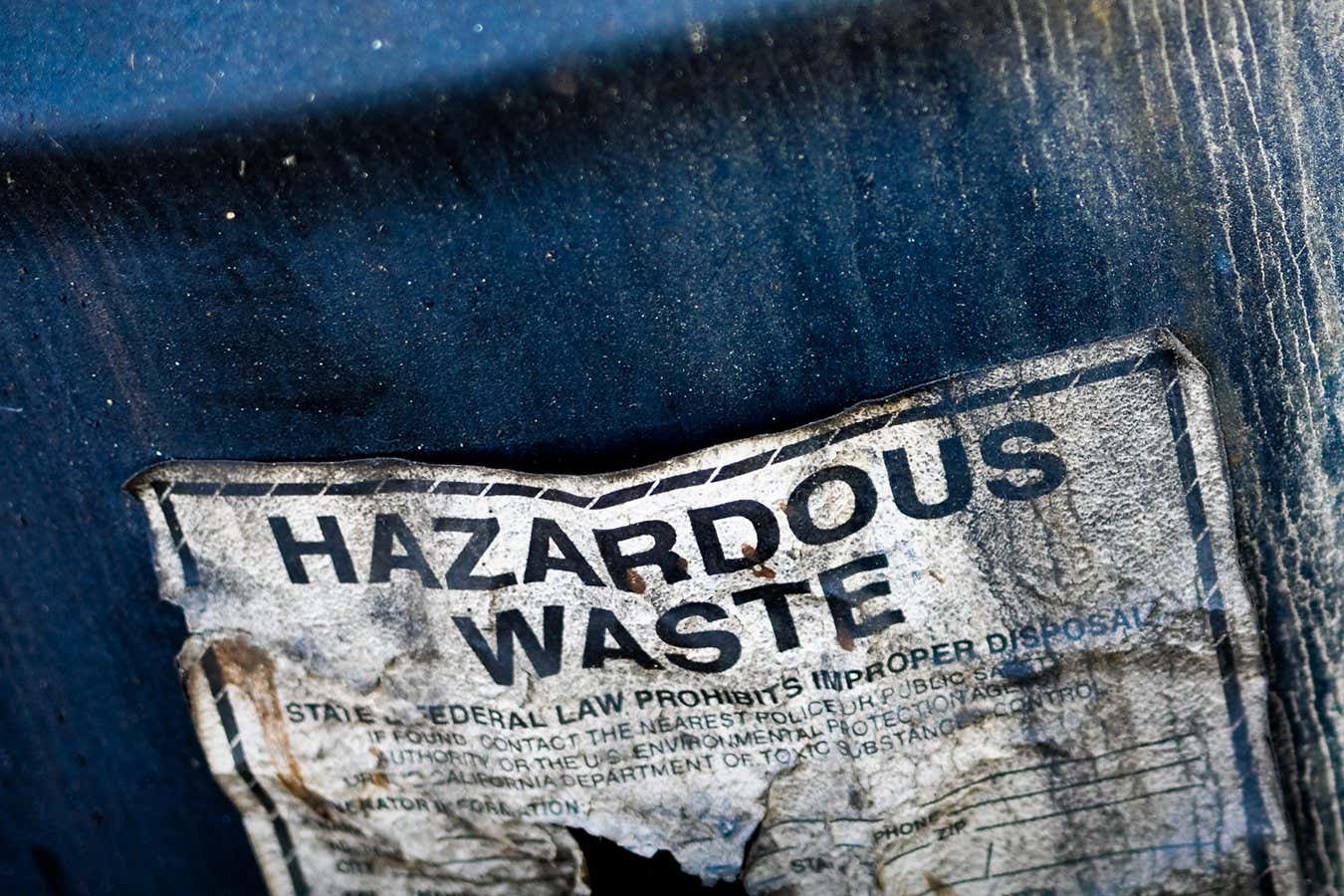Chemical toxins are ubiquitous in our environment, and living organisms have evolved various mechanisms to cope with their harmful effects. In this article, we will explore the concept of chemical toxins adaptation, its significance, and the different strategies employed by living organisms to survive in a toxic world.
What is Chemical Toxins Adaptation?
Chemical toxins adaptation refers to the ability of living organisms to adapt to the presence of toxic substances in their environment. This adaptation can occur at the genetic, cellular, or organismal level and involves changes in physiological, biochemical, and behavioral processes. The goal of chemical toxins adaptation is to minimize the harmful effects of toxins and maintain homeostasis in the face of environmental challenges.
Significance of Chemical Toxins Adaptation:
Chemical toxins adaptation is essential for the survival and evolution of living organisms. It allows them to occupy diverse ecological niches and exploit different resources, including those contaminated with toxins. Moreover, chemical toxins adaptation can provide insights into the mechanisms of toxicity and the development of new strategies for environmental remediation and human health.
Strategies Employed by Living Organisms:
Living organisms have evolved various strategies to cope with chemical toxins, including detoxification, sequestration, excretion, and tolerance. Detoxification involves the conversion of toxins into less harmful compounds through enzymatic or non-enzymatic reactions. Sequestration involves the storage of toxins in specific tissues or organelles, preventing their harmful effects on vital organs. Excretion involves the elimination of toxins from the body through various routes, such as urine, feces, or sweat. Tolerance involves the ability of organisms to withstand high levels of toxins without suffering significant harm, often through the activation of stress response pathways.
Conclusion:
Chemical toxins adaptation is a complex and dynamic process that involves multiple levels of organization and diverse strategies. It is essential for the survival and evolution of living organisms and provides insights into the mechanisms of toxicity and the development of new environmental and health interventions. By understanding the mechanisms of chemical toxins adaptation, we can better appreciate the resilience and diversity of life on Earth and develop more effective strategies for environmental management and human health.


